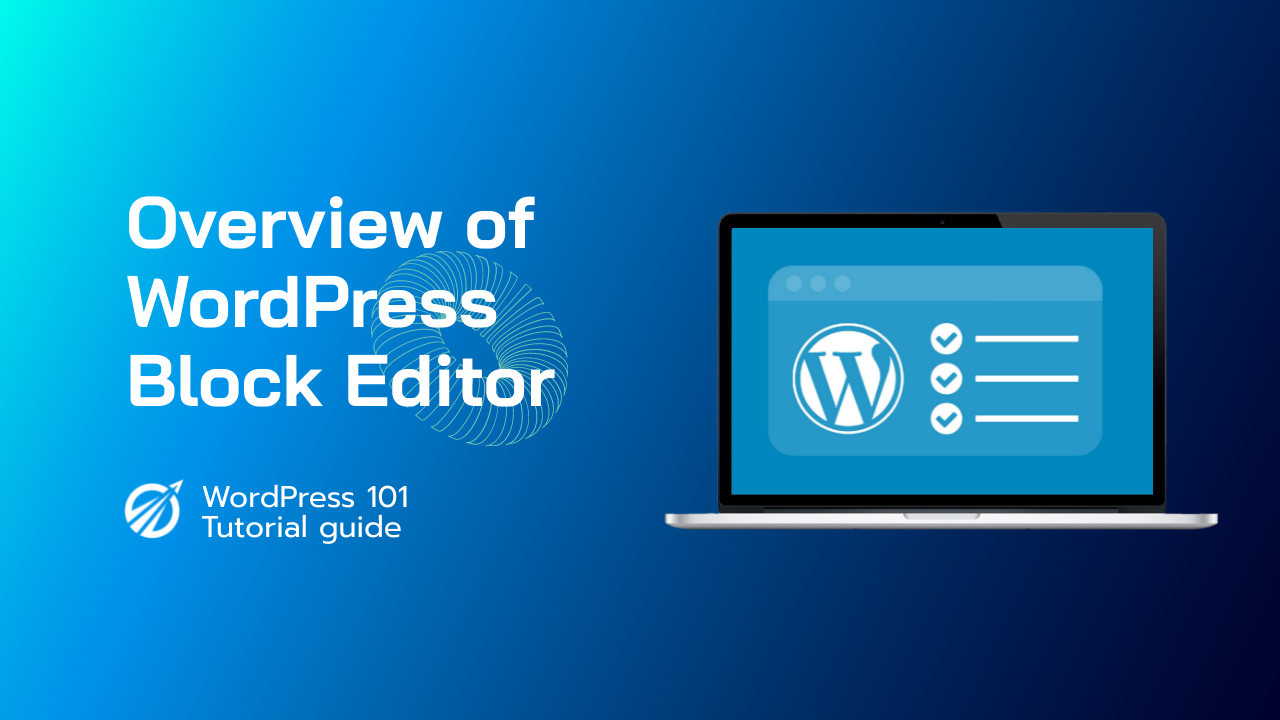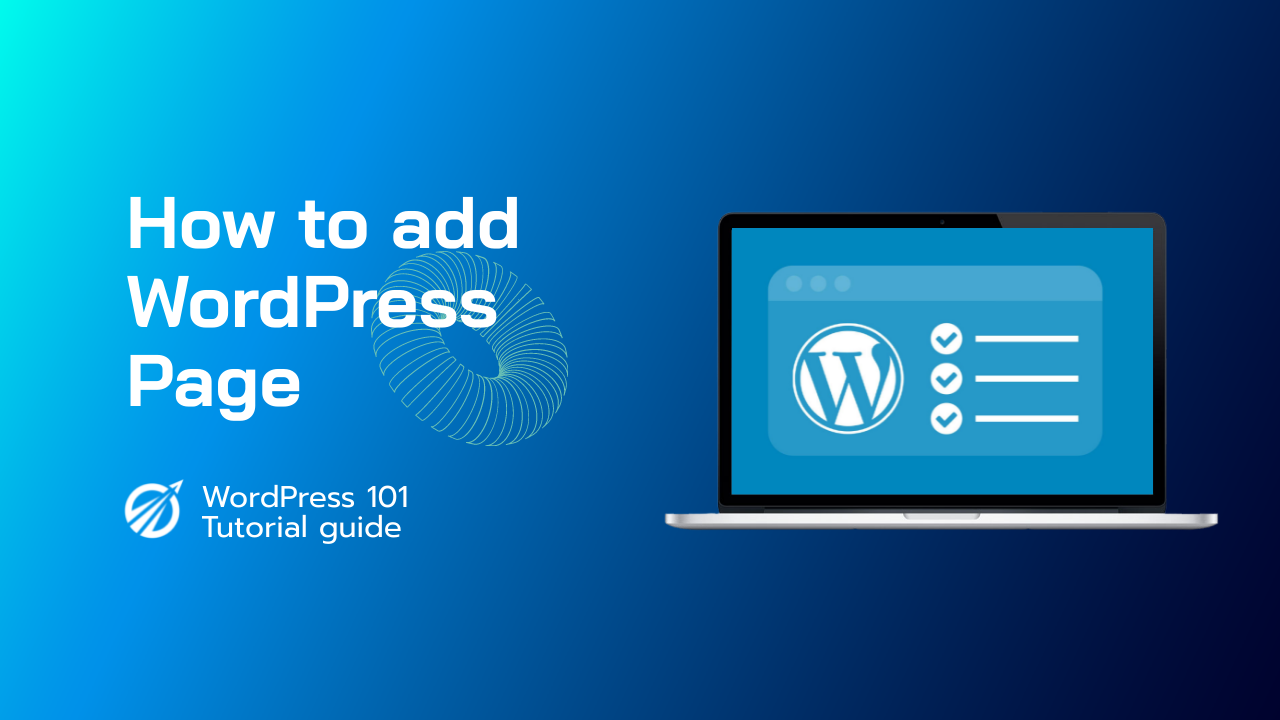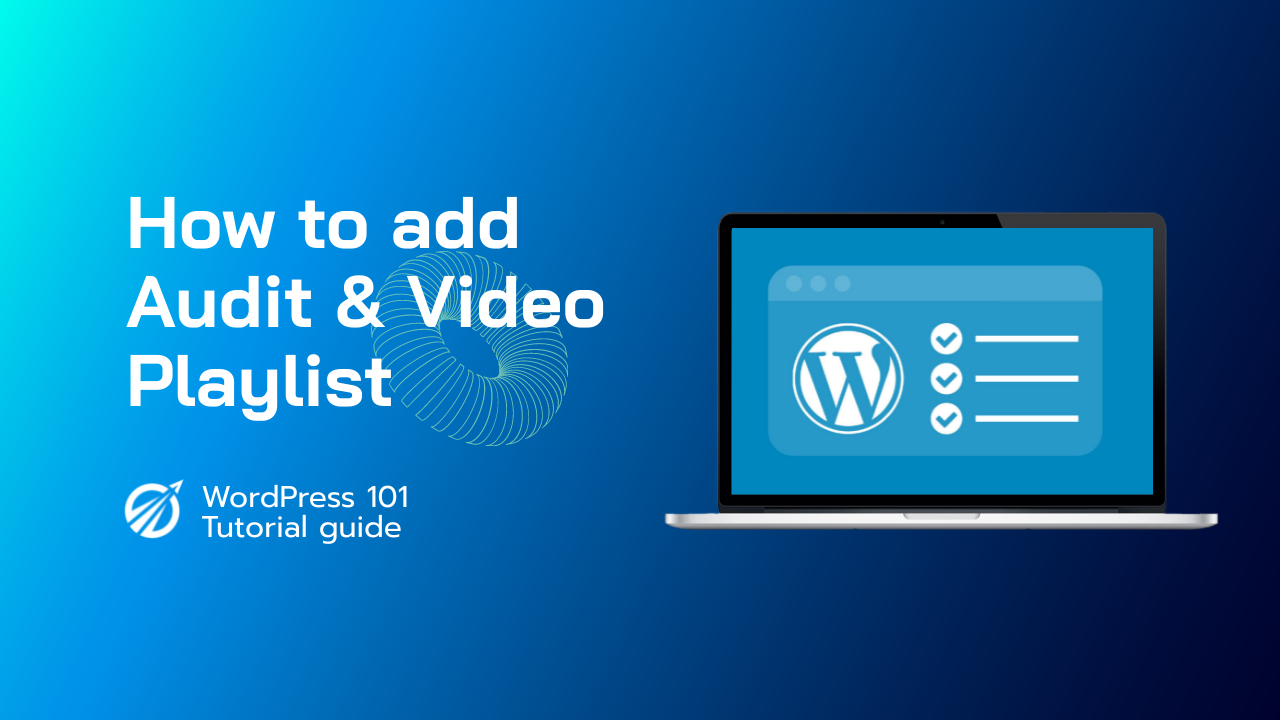古腾堡到底是什么?
Gutenberg 是 WordPress 平台的全新编辑器。它将从根本上改变您创建帖子、页面、产品以及网站上几乎所有其他内容的方式。Gutenberg 包含在 2018 年 11 月 27 日发布的 WordPress 5.0 中。因此,立即掌握它至关重要。
如果您仍然想知道“Gutenberg 到底是什么?”,请不要担心。在这篇文章中,我们将介绍基础知识并向您展示如何亲自使用新编辑器。让我们开始这场派对吧!
Gutenberg 概述
WordPress 编辑器的当前形式(由开源 TinyMCE 编辑器提供支持)自成立以来并没有发生太大变化:
这并不罕见;核心 WordPress 平台的开发通常进展缓慢且循序渐进。然而,这意味着它的某些组件(例如编辑器)已经过时(至少在某些用户看来)
网络上越来越流行更直观、更直观的内容创建方式。有简单的网站构建器可用,例如 Wix 和 Squarespace。WordPress 社区也为此做出了贡献,开发了许多页面构建器插件(例如 Elementor 和 Divi),这些插件允许您使用拖放工具使用不同的元素设计布局。
由于这种内容创建风格,WordPress 的基本可视化编辑器看起来有点“简陋”,这就是为什么它以 Gutenberg 的形式进行彻底改造的原因:
Gutenberg 到底是什么?它是一款全新的 WordPress 编辑器,设计更像网站和页面构建工具。稍后,我们将仔细了解它的工作原理。但首先,让我们了解一下它的潜在优点和缺点。
当 WordPress 块编辑器(或 Gutenberg)于 2018 年 12 月首次亮相时,我们根本不知道会发生什么。虽然我们有充足的时间来试验测试版,但我们无法预测正式发布会进行得多么顺利,也无法预测用户和开发人员会多么热情地接受新编辑器。
自我们首次发布这篇文章以来的两年多时间里,Gutenberg 编辑器已经取得了长足的发展。它从一个最小可行产品 (MVP) 发展成为一个更成熟的项目,目标是为 WordPress 创造统一的全站点编辑体验。
为了解释这些变化,我们重新审视了 Gutenberg 编辑器,向您介绍它的新外观以及它在不久的将来的发展方向。



















